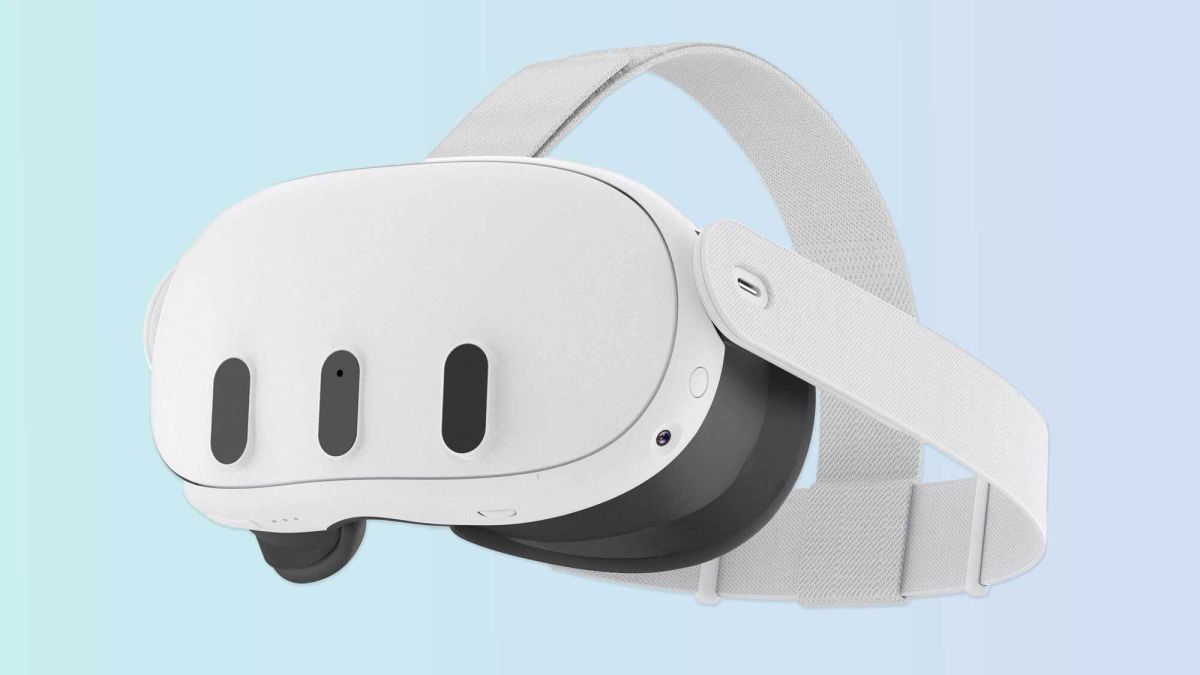Meta Quest 3 is not a reality yet but it is expected to launch this year, probably in the fall at a Meta Connect event. This will be Meta’s consumer focussed headset that will succeed the Meta Quest 2. We recently heard rumors about the headset being much slimmer with more compact display lenses than the Quest 2 and that it could run on a more powerful Qualcomm Snapdragon XR2 Gen 2 chipset.
Now, Meta’s recent earnings release has shed some light on new information around the Quest 3. Mark Zuckerberg, the CEO of Meta, has confirmed that the Quest 3 will have support for Meta Reality — the technology that allows the headset to be used for both augmented reality as well as virtual reality. This means that the Quest 3 will be a mixed reality headset and not just have virtual reality — much like the premium, enterprise-focussed Meta Quest Pro. This is something we had heard of before, but Zuckerberg seems to have confirmed it.
Mixed reality is a key feature of the Quest Pro that is priced at $1,499, while we should expect to pay around $300-$500 for the Meta Quest 3, according to Zuckerberg. For a third of the cost, users will get the premium technology on the upcoming headset, which is potentially great news.
Zuckerberg talks about the Meta Quest Pro in the company’s earnings call (opens in new tab) and mentions, “It’s the first mainstream mixed reality device, and we’re setting the standard for the industry with our Meta Reality system.”
He goes on to talk about the upcoming Quest 3, saying, “Later this year, we’re going to launch our next generation consumer headset, which will feature Meta Reality as well, and I expect that this is going to establish this technology as the baseline for all headsets going forward, and eventually of course for AR glasses as well.” This confirms that we will in fact get to see the Quest 3 headset this year and that mixed reality will probably have more use-cases in the future.
Currently the mixed reality feature offers a basic function on the Quest Pro by enabling a detailed “passthrough mode”. Users can essentially view their surroundings while wearing the headset thanks to the two outer cameras that deliver a relatively high-res 3D color version of the environment around them. In our review of the Meta Quest Pro, we note that the image quality is slightly grainy though.
The Quest 2 headset also offers an even basic passthrough mode where users can see their surroundings in black and white, although it has a pretty low resolution. With mixed reality on the Quest 3, the headset could get a huge boost in its passthrough mode, giving users a more clear view of their surroundings while wearing the headset. Going by Zuckerberg’s remarks we could also expect to see other uses or apps built around utilizing the Meta Reality technology.
Apple’s VR/AR headset that is rumored to be named “Reality Pro” could see the light of the day in spring this year and will compete with Meta’s headsets. Apple’s headset is also said to sport mixed reality and give users a view of the environment around them while wearing the device. Mark Gurman of Bloomberg has claimed the headset will be heavy on gaming, media consumption and communication, suggesting Apple is designing something with consumers in mind. Plus, hand-and-eye tracking will apparently be one of the company’s main selling points for this device.
The Quest 3 is rumored to get a depth sensor that will be able to measure the space in front of a user to possibly allow for hand-tracking as well. Apple’s headset is rumored to be priced at a whopping $3,000 which is nearly ten times more than what the Quest 3 could be launched at. At a more affordable price and with mixed reality technology, the Quest 3 could very well make it to our list of the best VR headsets.




















You must be logged in to post a comment Login